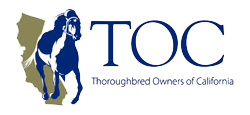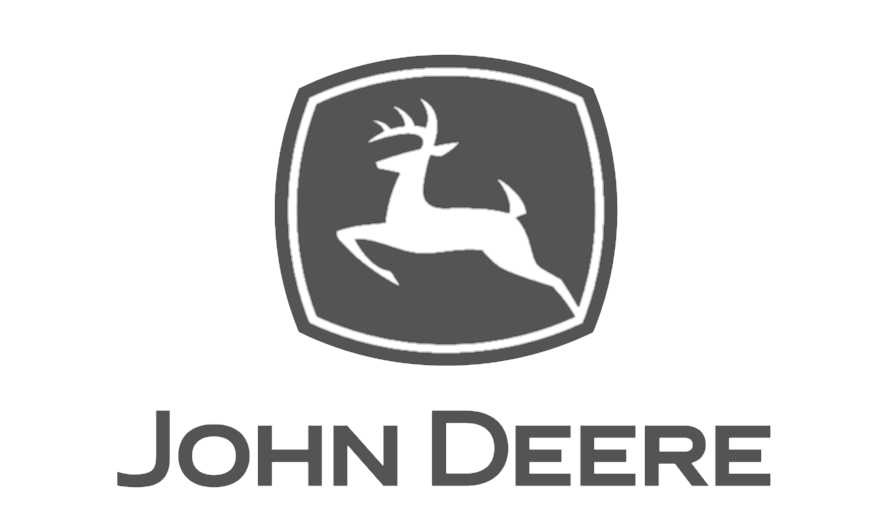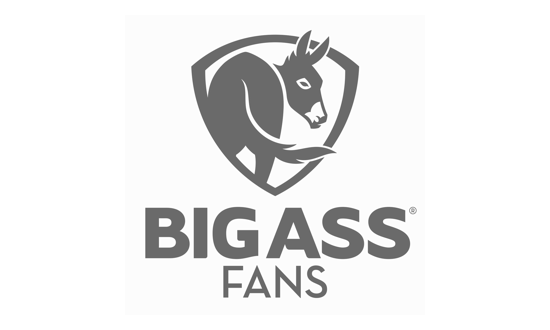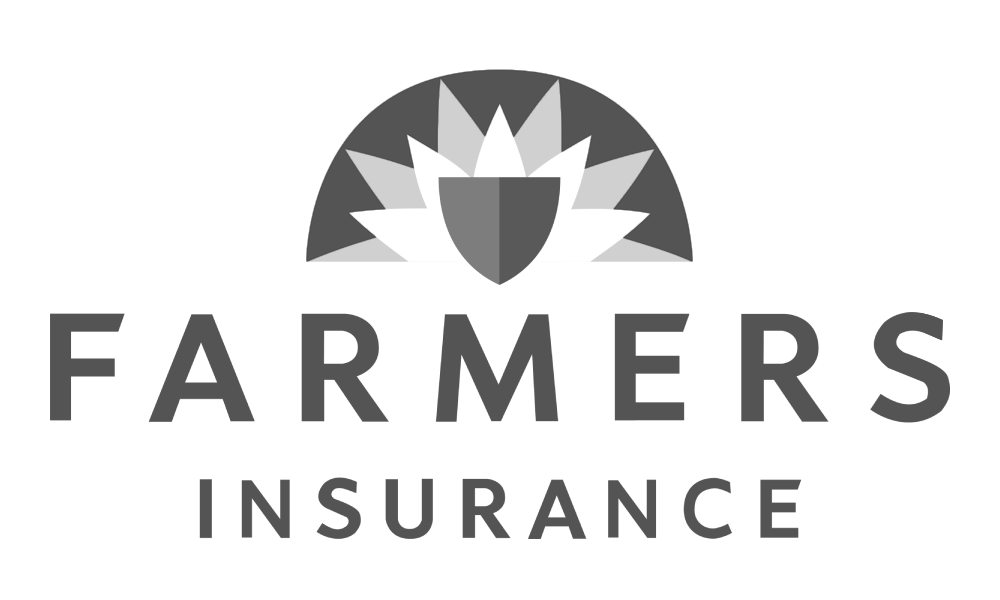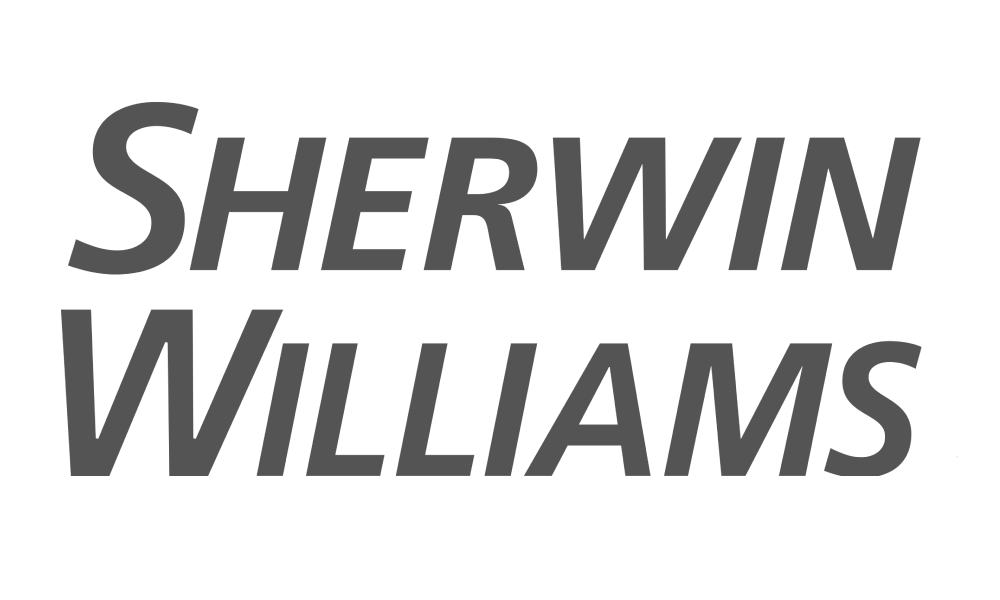By Dr. Rick Arthur, D.V.M.
Ongoing communication with your trainer and your veterinarian can avoid surprises when the vet bill arrives.
No one likes surprises when a bill arrives, and racehorse owners are no exception. Veterinary bills are often the biggest surprise a horse owner receives. Several years ago The Blood-Horse magazine published an article on the most frustrating aspects of owning a racehorse. Trainer communication topped the list, followed by veterinary bills. When I was interviewed for that article, I contended these were really the same problem.
Veterinary bills vary from horse to horse, trainer to trainer, and veterinarian to veterinarian. Some owners prefer to leave everything to their trainers, whereas others expect a phone call on even the most routine treatments. The owner and trainer need to reach a comfort level that fits their goals and relationship.
The California Horse Racing Board recognizes that the trainer has direct responsibility to care for the horse and that the trainer can incur expenses on an owner’s behalf to maintain the horse’s health and welfare. The trainer orders the services; the owner pays the bill. Implicit in that relationship is the trust you must have in your trainer to control costs. Your veterinarian does nothing to your horse without the direct or implicit consent of your trainer. This is a critical fact all racehorse owners need to understand.
Paying for Services, Not Product
A major misconception regarding racetrack veterinary services is that the racehorse owner is paying for products rather than services. State and federal law requires that the veterinarian have a defined client/patient relationship. That relationship requires that the veterinarian use his/her professional knowledge before administering any medications. Even if the trainer requests a specific treatment, the veterinarian is professionally responsible for that treatment. The veterinarian cannot abdicate that responsibility to the trainer, or even the owner.
Historically at the racetrack, veterinarians do not charge for the most important professional service they provide-the routine, sometimes day-to-day examinations of your horse. Those examinations can take the bulk of a veterinarian’s time, especially in the mornings. Veterinarians receive compensation for these examinations by charges for the other services they provide, such as phenylbutazone, Lasix(r), vitamins, dewormings, vaccinations, etc. While this presents an inherent conflict of interest, for the most part, it works well.
If you do not have confidence in the integrity of your veterinarian or your trainer’s ability to supervise your veterinary expenditures, you need to find another veterinarian. You should be aware that this may require you to find another trainer as well.
Everyone feels professional fees are too high. This is true whether you are discussing attorneys, doctors, accountants, or any other professionals. Veterinarians average eight years of university education and are on-call 24 hours a day, seven days a week. The veterinary care provided at the racetrack is actually very efficient. If you paid your medical bills directly rather than through a third party, such as your insurance company, this would be obvious.
Why Are Costs So High?
In real dollars almost every routine veterinary service available 25 years ago is less expensive today. So why do veterinary medical costs seem so high? There are a number of reasons. Some of the reasons simply mirror the same factors in the human healthcare field, where costs have also risen astronomically in the last few decades.
When I went to work for Dr. Jack Robbins in the mid-1970s, we had the second fiberoptic endoscope on the Southern California Thoroughbred circuit. Since that time, diagnostic ultrasound, computed radiography, video-endoscopy, nuclear scintigraphy, arthroscopic surgery, laser surgery, and many more technologies have all been introduced into the racetrack practice. All of these technologies are expensive and add to the overall veterinary medical costs.
However, these technologies can improve the quality of veterinary care and, therefore, should be cost-effective. For example, Tiznow, Johar, and Pleasantly Perfect all had musculoskeletal problems identified with nuclear scintigraphy earlier in the same year that they won their Breeders’ Cup races. Nuclear scintigraphy provided a precise diagnosis and allowed us to develop a specific rehabilitation plan for their successful recoveries.
Another factor paralleling the human medical experience is the introduction in recent years of a number of patented and useful, but expensive medications. During the 1980s, the pharmaceutical industry discovered that marketing directly to consumers resulted in higher profits. Any evening, while watching TV, you can see ads for specific drugs to control everything from acid reflux (the same drug as in Gastrogard(r)) to depression.
Pharmaceutical companies began to use the same strategy to market medication to the equine consumer, the horse owner. Examples include Gastrogard, a treatment for ulcers, and Adequan(r) and Legend(r), both used to treat arthritic problems. From a study at the Southern California Equine Foundation at Santa Anita and Hollywood Park, we were able to identify gastric ulcers in 84% of all racehorses we examined. However, not 84% of all horses need Gastrogard. Yet some owners specifically ask veterinarians to put their horses on the medication even when it may not be necessary.
The third factor is simply greatly increased demand for veterinary services. For the most part, large veterinary bills are not necessarily the cost of individual procedures or treatments, but the number of services being performed. This is particularly apparent in claiming horses, where the “leave no stone unturned” approach to veterinary care has become standard operating procedure in many barns.
Maidens and high-class horses are not immune to this approach. Every trainer is afraid the next trainer may find an undiagnosed problem and move a horse up. Owners don’t like it either.
The competition with claiming horses has become severe, and veterinary services have become a key consideration. Seldom is the attitude that a horse is simply too slow or lacks class. Instead, the horse must have a veterinary medical problem that needs correction. This could include injecting joints, using anabolic steroids or any number of perfectly legal medications to address real or perceived problems. Those costs add up quickly.
Take the example that permeates the racetrack of a decade-old procedure for a dorsally displaced soft palate (also known as flipping his palate or swallowing his tongue). One successful claiming trainer has been doing the procedure on a number of claims this past year, and recently a large stable from back East came on the scene and does the procedure on every horse the stable claims. Other trainers are already beginning to follow suit. Many horses displace their soft palates and the surgery is relatively innocuous, so there is little harm. But the owners will pay the bill.
Many trainers have a routine program where all horses receive the same treatment prior to a race. This approach simplifies stable management but can get very expensive. For example, a horse could receive Banamine(r) (a non-steroidal anti-inflammatory medication), Robaxin(r) (a muscle relaxant), and Azium(r) (a cortisone) the day it’s entered; phenylbutazone (commonly referred to as Bute, another non-steroidal anti-inflammatory) and a vitamin shot the night before the race; Lasix and estrogens (anti-bleeding medication) the day of the race; and an endoscopic examination after it runs. With those alone, an owner could spend $200 to $300 every time the horse competes, exclusive of any other treatments prior to entry.
Controlling Veterinary Costs
Certain costs are hard to control, particularly where serious illnesses or injuries are concerned. Colic, colitis, pleuro-pneumonia, or a life-threatening fracture can cost thousands of dollars and are unpredictable, just as they are with your pets or family. Surgery can also be expensive, but you should be interested to know that arthroscopic surgery on your racehorse is usually less expensive than arthroscopic surgery on your pet dog. However, routine veterinary care is very much discretionary.
Preventive health care such as vaccinations, deworming, and dental care are always cost-effective. Addressing a specific veterinary medical problem such as a lameness or respiratory problem should almost always be worth the cost.
A major error in attempting to control veterinary medical costs is eliminating diagnostic procedures. Remember, without a diagnosis, medicine is poison and surgery is trauma. A properly diagnosed problem can save considerable costs by avoiding unfocused and often unnecessary veterinary medical expenses. To put this in perspective, the cost of an X-ray of an ankle or knee is about the same as one day of training. Knowing the condition of your horse will also allow you and your trainer to make better racing management decisions.
What medications are necessary? The answer really depends on your horse, but unless your horse has a specific illness or injury, probably very few. When John Henry was Horse of the Year, his veterinary bill for the year totaled less than $1,000. While Gastrogard, Adequan, and Legend are usually beneficial at one level or another, that is not to say they are necessary or always cost-effective. These are very expensive medications and should only be used with a specific purpose. There should always be a reason to use any medication.
If you have questions you should first ask your trainer. The trainer is your agent and may have a simple, understandable explanation. But if you are not satisfied, your veterinarian should be available for consultation. You should expect a professional relationship with your veterinarian as you would with your doctor, lawyer, accountant, or any other professional providing you services.
Let your trainer know what your level of tolerance is-what level of veterinary care you want. Communication with your trainer will make sure that those decisions are made in your best interest and hopefully in the best interest of your horse.
Dr. Rick Arthur has been a practicing veterinarian on Southern California racetracks for more than 27 years. He is a past president of the Southern California Equine Foundation and the American Association of Equine Practitioners and is a vice president and director of the Oak Tree Racing Association.
